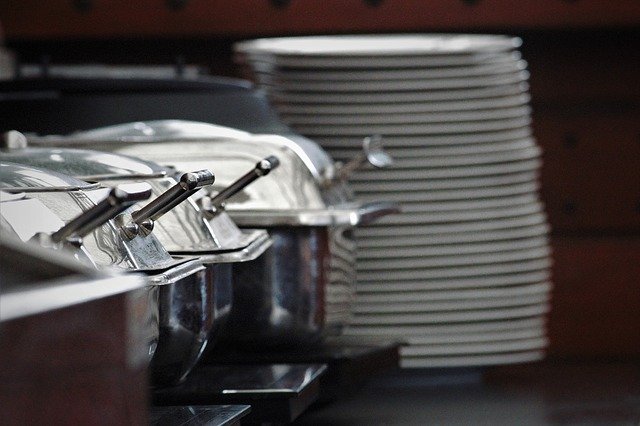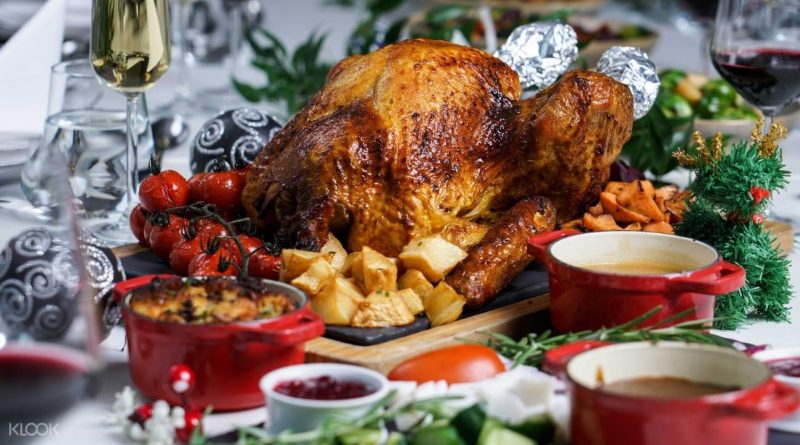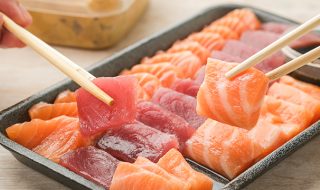
The primary job of an all-you-can-eat buffet manager is to fill the customer’s belly as inexpensive and as quickly as possible. Apart from this, they must employ other strategies to keep the customers back! For starters, Singaporeans must be sold with the idea of the buffet’s capability of providing an ample variety while maintaining high quality. At the same time, food wastage must be minimized.
On that note, here are 5 Obvious Ways Buffets Earn Money.
#1: BEVERAGES ARE HUGE
As you enter an all-you-can-eat buffet, notice how huge the beverage glasses are. There is a method to the madness! Firstly, providing tall drinking glasses fill customer bellies fast. They would be able to eat less for the same buffet price. Secondly, they can up-sell the soft drinks to earn huge mark-ups without spending a lot for it.
#2: MENU ITEMS ARE CHOSEN CAREFULLY
To strike a balance between cost and quality, the menu items have been chosen carefully. You may notice how a restaurant will constantly change their array of meats. A buffet may have a long line of satisfied customers if you offer unlimited lobsters or steaks every night. However, you cannot expect a huge profit by doing this. Managers need to find cheaper cuts of poultry, fish, and other meat products. They get more savings by buying in bulk.
#3: CUTTING IN SMALLER PORTIONS
Have you noticed how buffets cut pricier meats into smaller pieces compared to cheaper breads? Rationally, a person would take two pieces of a buffet item instead of one. Can you imagine if all the guests take two huge pieces of lobster? That would be costly! Instead, they have to follow society’s unspoken rule and offer smaller pieces to keep the line moving.
#4: CHOICES ARE PRESENTED STRATEGICALLY
Buffets apply another strategy that is hidden in plain sight. Pay attention to the layout of the buffet line. Cheaper and more filling carbs and sides are laid out in the beginning of the line. By the time you get your entree, your plate will be so full.
Another trick is placing an expensive item along with a variety of cheaper items. For instance, an expensive protein among several cheaper side dishes. Pricier desserts are surrounded by a platter of fruits.
#5: MENUS ARE FLEXIBLE
Successful restaurants usually keep its food and beverage costs below 30% of its revenues. All-you-can-eat buffets achieve this by offering a flexible menu design. Its menu can change every day based on what ingredients are cheap and what food items are seasonally available.
You can apply the same ideal on your next trip to the grocery.





